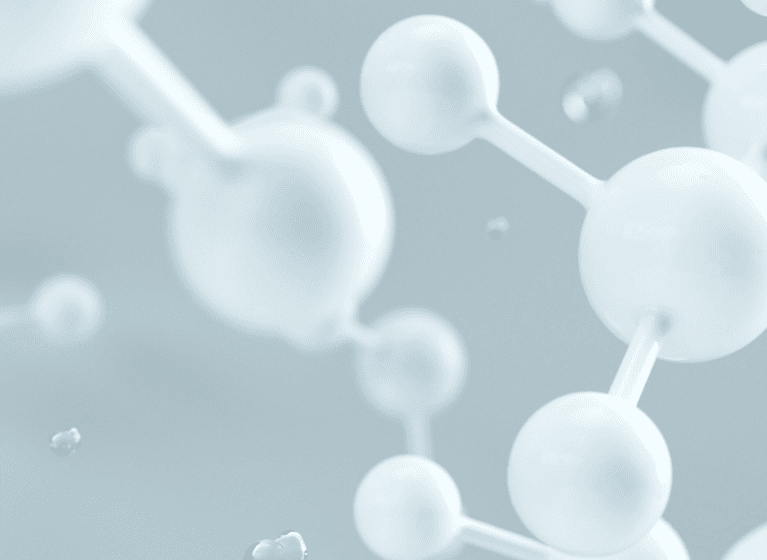Data exclusivity is a term that refers to the period in which data supplied by the first applicant to register a pharmaceutical product cannot be used by a subsequent applicant to register an equivalent product. As this data includes the results of extensive and costly clinical trials, data exclusivity can effectively block the launch of equivalent competitor products during the data exclusivity period, even in the absence of patent protection. The data exclusivity regime in Australia differs significantly from the corresponding regimes in the US and Europe.
First, the Australian data exclusivity regime is restricted to new chemical entities. It does not apply to new uses, new dosage forms or combinations of existing compounds. Consequently, the first applicant to register, for example, a new indication for a known drug, must rely solely on patent protection to block a competitor from entering the market.
Secondly, the Australian regime allows a subsequent applicant to seek approval, during the data exclusivity period, of an equivalent product using the information relied upon by the first applicant to register a product, if that information has been made publically available. Although this situation is rare, it does provide an avenue to bypass the data exclusivity period in a way that is unavailable in major jurisdictions such as the US and Europe.
Finally, Orphan or Paediatric drugs are not eligible for an extended exclusivity period under Australian law.
The differences between the Australian and US regimes are summarised in the table below.
| Australia | US | |
|---|---|---|
| NCE | Product protected | NCE and new indications / uses |
| 5 years | Protection period |
5 years NCE 3 years new indication / uses 7 years Orphan drugs +6 months Paediatric drugs |
| No reliance on confidential data about the NCE | Protection type | No reliance on data |
Summary of Australian data exclusivity regime
Relevant legislation
The provisions for data exclusivity in Australia are provided for under s 25A of the Therapeutics Goods Act 1989 (the Act).
Exclusions to data exclusivity
A number of exclusions apply to data exclusivity, which are summarised below.
- Period of data exclusivity
Data exclusivity starts from the date the new product is registered under the Act and lasts for a period of 5 years.
- Data exclusivity only applies to information about the active component
Data exclusivity only applies to information about a new ‘active component’. An active component is a substance having a therapeutic effect, and may include a biological product or compound. Data exclusivity does not apply to new uses, dosage forms, routes of administration, indications or combinations of existing compounds.
- Data exclusivity only applies to confidential data
- Data exclusivity only applies to the first registered product containing the active component
There will be no data exclusivity protecting data filed to support registration of secondary products with the same active component, for example, a new dosage of the same drug or a combination of 2 or more active components that are already individually registered. However, the relevant information will often be protected by the data exclusivity for the first registered product containing the active component. This provision prevents the resetting of data exclusivity by filing for a new drug dose every 5 years.
Consequences of data exclusivity applying to confidential versus published data
Data exclusivity in Australia only applies to confidential information about the active component. The data must not be in the public domain. The law does not simply require that the data be confidential at the time of registration. Exclusivity can be lost if the confidentiality of the information is not maintained. For example, published clinical trials may be used by a subsequent applicant seeking approval of an equivalent product. However, supporting a subsequent application solely by information in the public domain is very rare.
In contrast, data exclusivity in the US applies regardless of whether or not the information is confidential. No application that relies on data prepared by the first applicant, whether published or not, may be submitted during the 5 year exclusivity period in the US.
In Europe, published data prepared by the first applicant cannot be relied upon within the data exclusivity period, which ranges from 6 – 10 years.




